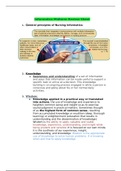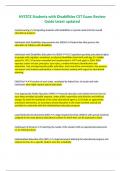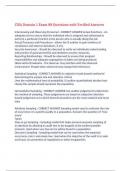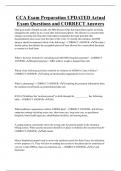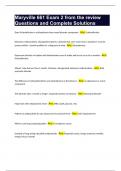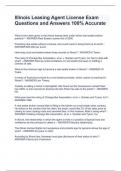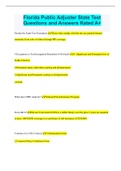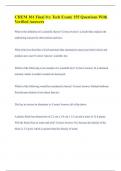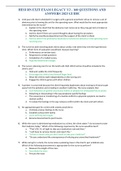Study guide
NR 599 Informatics Midterm Review Sheet(Latest);All Answers Verified
- Course
- NR 599 (NR599)
- Institution
- Chamberlian School Of Nursing
1. General principles of Nursing Informatics 2. Knowledge 3. Wisdom 4. The Foundation of Knowledge Model 5. Scientific Underpinning 6. Computer science 7. Cognitive science 8. Information science 9. Standard Terminology 10. Informatics Competencies 11. Information literacy 12. Health literacy 13. M...
[Show more]
